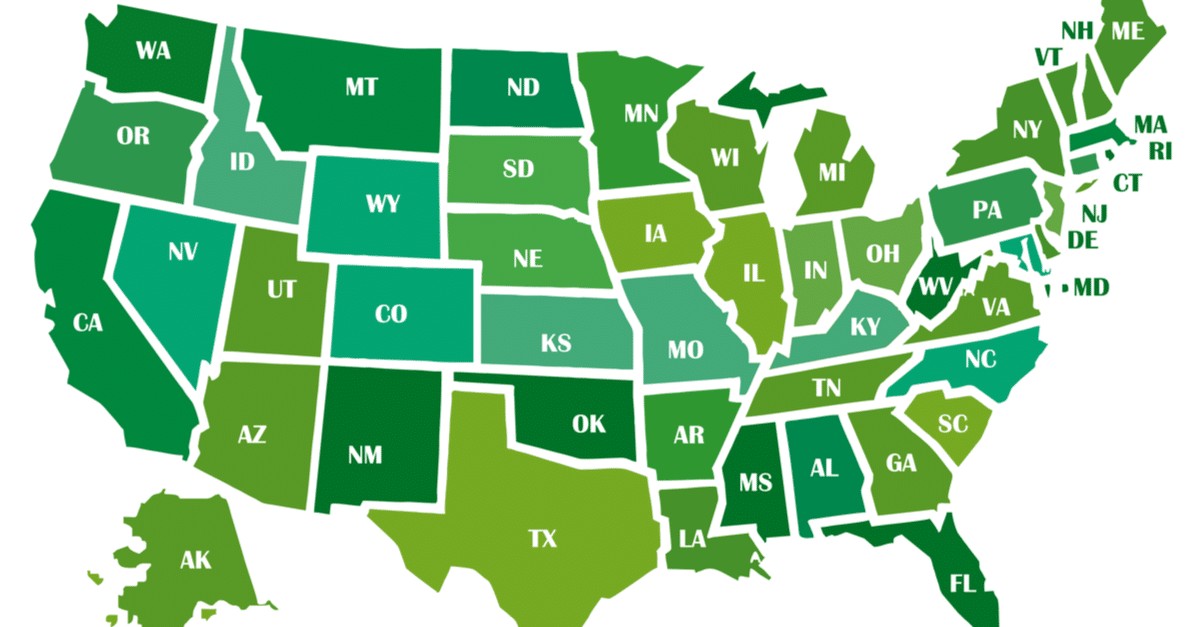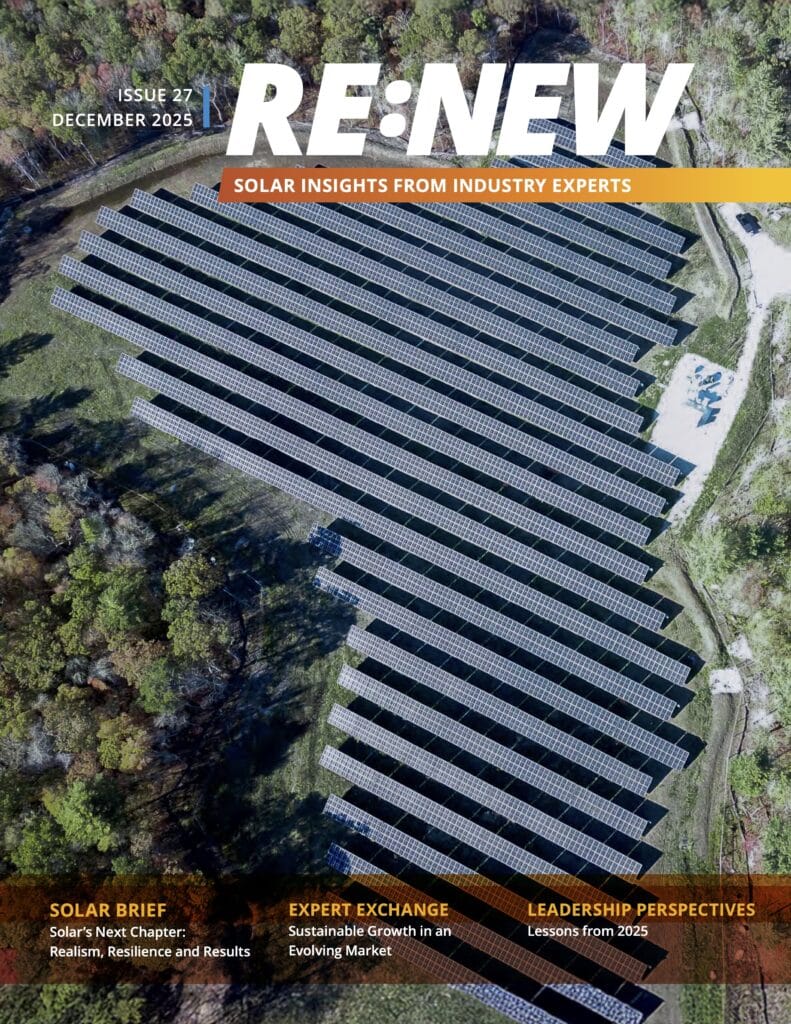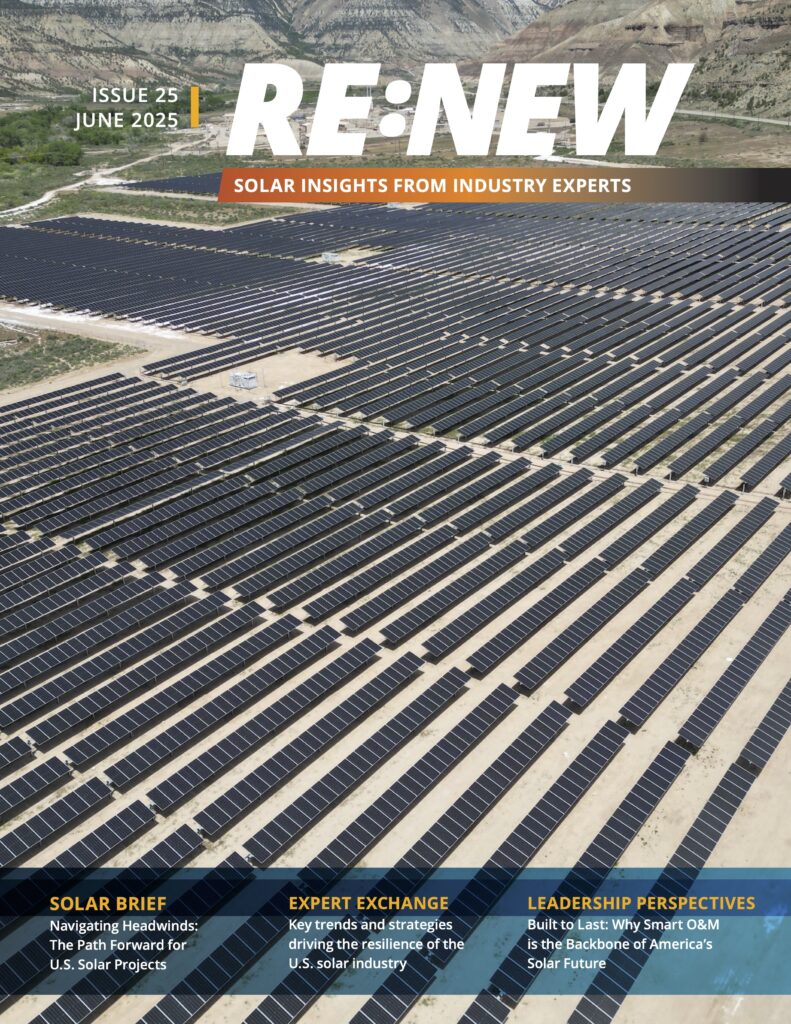Since the founding of the Solar Energy Industries Association in 1974, the solar industry has focused on national policy as the crux of what would shape it across the country.
Obviously, for most of the industry’s history, that approach made perfect sense. Between the investment tax credit (ITC) and the 1603 solar grant program, our attention needed to focus at the federal level. One false move there, and the light of the solar industry could have been extinguished before it had its chance to shine.
But in 2015, 1603 had gone away and the industry won a historic extension of the ITC, which meant we wouldn’t have to keep coming back to Congress every six months to beg for another extension. People often underestimate how big that victory was, but it stabilized an industry and allowed it to grow beyond most people’s wildest dreams.
For policy mavens, there might be some despair. After all, the big national fights appear to be in the rearview mirror—so where should their attention be focused?
Never fear, however. Just because there’s no single national policy issue facing the industry doesn’t mean there are no policy battles left. They’ve just moved downward to the state level—but those smaller policy battles, taken together, can have the same effect as one major national policy.
Let’s just take California as an example. They became the second state in the union to mandate 100% clean energy by 2045, and then they added a storage mandate, too. Those decisions have already pushed other states to consider the 100% mandate in way’s Hawaii’s pioneering law never did.
Or let’s look at Illinois. After it passed the Future Energy Jobs Act in 2016, the solar industry has taken off. This year alone, the state is set for an explosion in solar projects. What makes Illinois special, however, is that the laws were constructed not just to build solar but to create a whole clean-energy economy. The community solar aspects of the law focus on low-income communities and include job training provisions.
And who can forget the community solar development in Minnesota. Working with legislators and a progressive utility, the state has leaped far ahead of its Midwest neighbors in solar development. In fact, Minnesota has paved the way for other Midwest states to steal its ideas and spread the Solar Revolution into states that aren’t on anyone’s list of states that get a lot of sunshine.
Or take Michigan. Or Colorado. Or Nevada. Or New Jersey. Or New York. Or Maryland. Or … Each in its own way, the states are figuring out how to create solar industries on their own, and they’re being innovative in the process. And even in states that wouldn’t normally be considered “typical” solar states (Michigan stands out in that respect), the
solar industry is taking off thanks to the implementation of policies to support the expansion of clean energy economies.
Remarkably, the widespread adoption of solar through small-scale, state-level policy wins is even more impressive than ones at the national level are. The number of people involved, along with their passion, must be sustained over a longer period of time and across a broader coalition of people.
What excites me is that all of these smaller battles combine to promote the spread of solar at the same level that the national policy victories in the past have done. That’s what makes the Solar Revolution even more breathtaking now.
More Recent Blog Posts
Delivering on Our Promise: 2025 in Review
December 11, 2025
Scott Wiater · 3 min read
How Student Health Unlocks School Energy Projects
December 3, 2025
Standard Solar · 4 min read
The Remarkable Growth of Community Solar in the District of Columbia
October 22, 2025
Standard Solar · 2 min read
Navigating a Solar Market in Transition: Takeaways from RE+ 2025
September 26, 2025
Megan Byrn · 3 min read
Most Popular Blog Posts
Illinois’s energy industry is poised to become much greener and cleaner
Harry Benson · 2 min read
Closing The Book On 2020—And Eagerly Anticipating 2021
Scott Wiater · 2 min read
2022: A Year of Opportunity and Challenge for Solar
Scott Wiater · 2 min read
Diversity Makes Our Industry Stronger
Travis Tate · 2 min read





Share